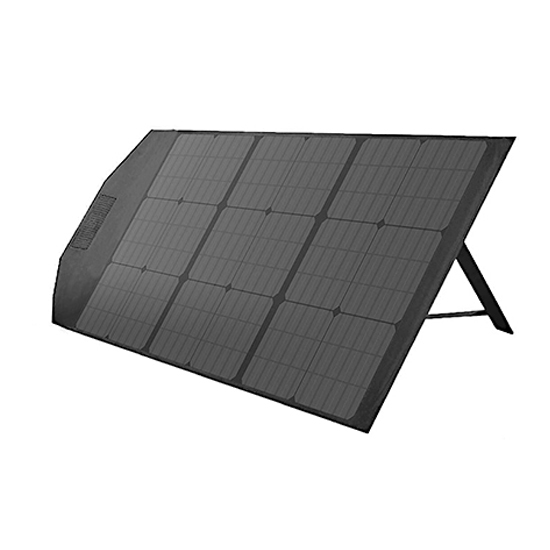Solar panels are devices that absorb sunlight and convert solar radiation energy directly or indirectly into electrical energy through photoelectric effect or photochemical effect. The main material of most solar panels is "silicon", including monocrystalline silicon and polycrystalline silicon. There are also many kinds of solar panels. In this article, we will introduce four kinds of solar panels.

Monocrystalline Silicon Solar Panel
Monocrystalline silicon solar panels have a photoelectric conversion efficiency of about 15% and the highest of 24%, which is the highest among all kinds of solar panels, but the production cost is so high that it is not yet widely and universally used in large numbers. Because monocrystalline silicon is usually sealed with toughened glass and waterproof resin, it is durable and has a service life of up to 15 years and up to 25 years.
At present, crystalline silicon material is the most important photovoltaic material, and its market share is more than 90%, and it will still be the mainstream material of solar cells for a long time in the future. Demand for monocrystalline silicon comes mainly from semiconductors and solar cells. According to different purity requirements, it can be divided into electron level and solar level. Inverter.com provides various high quality monocrystalline solar panel, such as 60W foldable solar panel, 100W portable solar panel, 120W portable solar panel.
Polysilicon Solar Panel
The production process of polycrystalline silicon solar panels is similar to that of monocrystalline silicon solar panels, but the photoelectric conversion efficiency of polycrystalline silicon solar panels is much lower, which is about 12%. In terms of production cost, it is cheaper than monocrystalline silicon solar panels, the material is simple to manufacture, saves power consumption, and the total production cost is low, so it has been developed in large quantities. In addition, the service life of polysilicon solar panels is shorter than that of monocrystalline solar panels. In terms of performance-price ratio, monocrystalline silicon solar panels are slightly better.
Cell main effect is power generation, power generation main market is the mainstream in the crystalline silicon solar cells, thin film solar cells, both have pros and cons of crystalline silicon solar cells, equipment cost is relatively low, but consumption and cell costs are high, but the photoelectric conversion efficiency is high, outside the sun power is more suitable for thin film solar cells, relative equipment cost is higher, But the consumption and battery cost are very low, but the low-light effect is very good, and can generate electricity under ordinary lights, such as the solar cells on calculators.
Amorphous Silicon Solar Panel
Amorphous silicon solar panel is a new type of thin film solar panel appeared in 1976, which is completely different from monocrystalline silicon and polycrystalline silicon solar panel. The process is greatly simplified, silicon material consumption is very small, the power consumption is lower, its main advantage is that it can also generate electricity under weak light conditions. However, the main problem of amorphous silicon solar panels is that the photoelectric conversion efficiency is low and not stable. With the extension of time, the conversion efficiency decreases.
Polycompound Solar Panel
Polycompound solar panels are solar panels that are not made of a single element semiconductor material. There are many varieties studied in various countries, most of which have not yet been industrialized, mainly including the following: cadmium sulfide solar panels; gallium arsenide solar panel; copper indium selenium solar panels.
